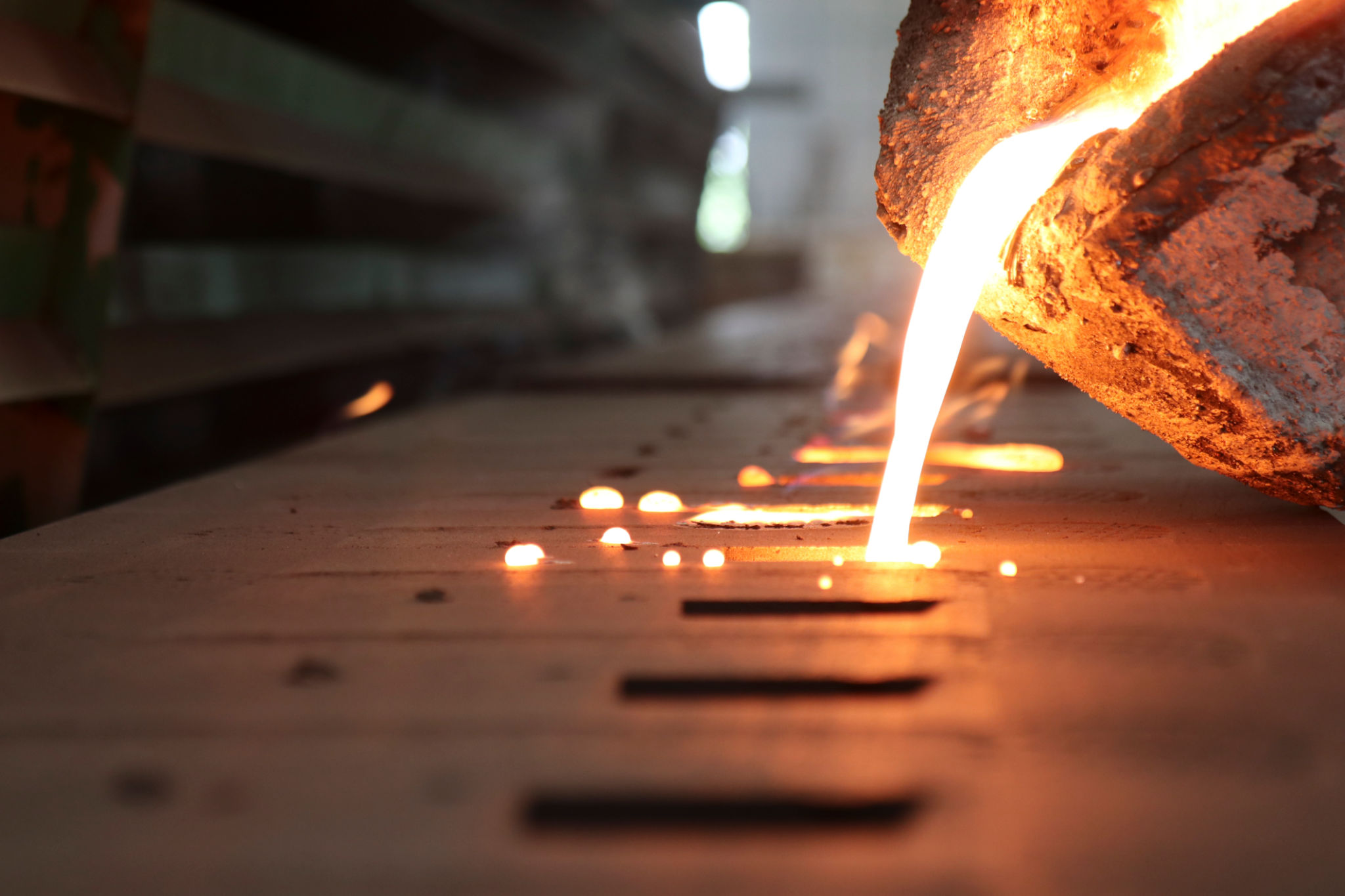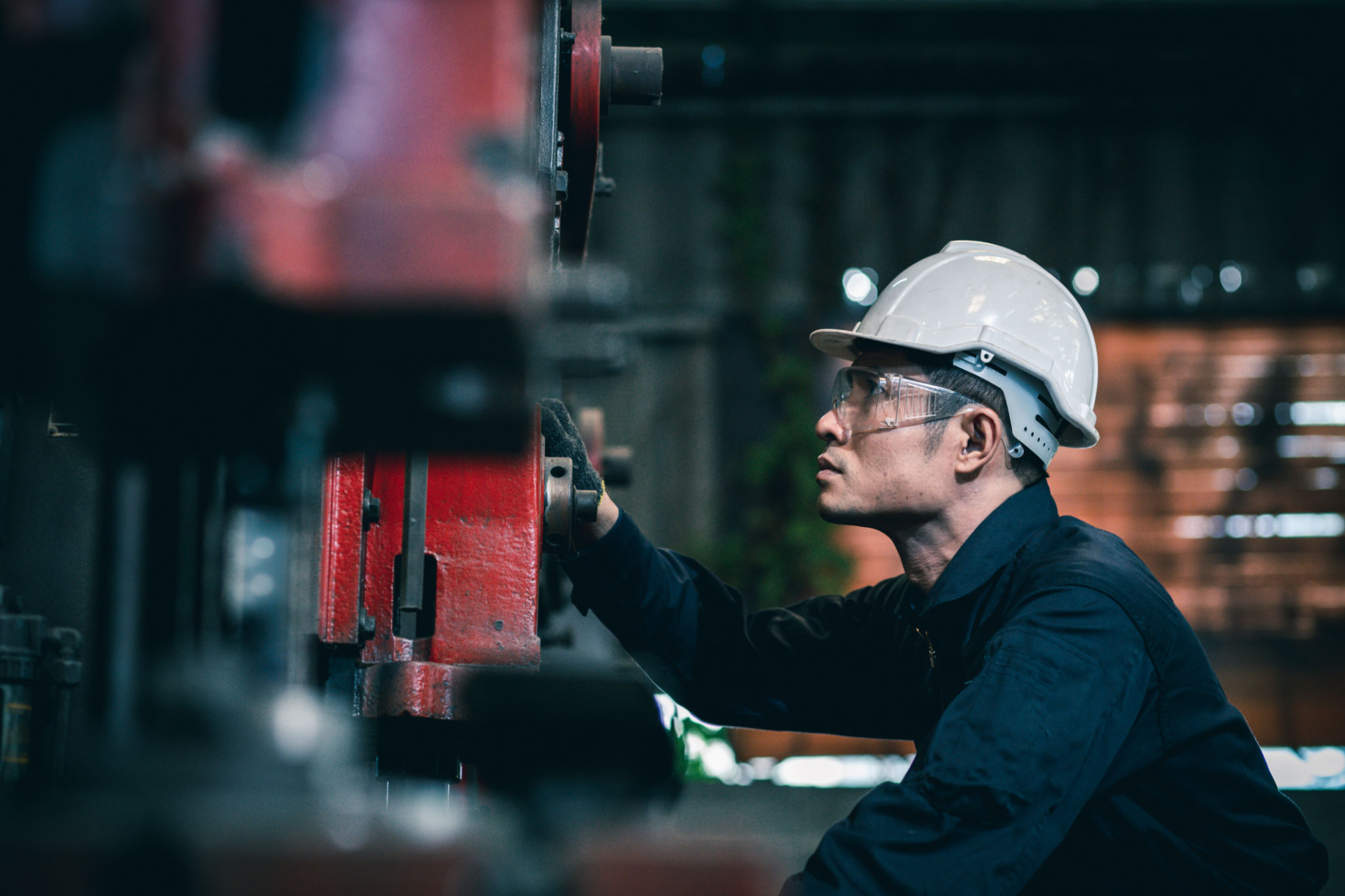
As the seasons change, metal casting facilities must adapt to a variety of environmental factors that can impact production quality and efficiency. Whether it's the sweltering heat of summer or the frigid temperatures of winter, each season brings unique challenges that require careful preparation and strategic adjustments.
Temperature fluctuations can affect everything from the cooling rates of metals to the performance of machinery. Understanding these challenges and preparing for them can help maintain optimal production levels and ensure high-quality castings throughout the year.
 Preparing for Summer Heat
Preparing for Summer HeatSummer can be particularly trying for metal casting operations due to increased temperatures. High heat can accelerate the cooling process of molten metal, potentially leading to defects in the final product. To mitigate these effects, it's crucial to adjust cooling times and closely monitor the casting process.
In addition to process adjustments, consider implementing measures to keep your workforce comfortable and safe. This includes providing adequate ventilation and hydration stations to prevent heat-related illnesses among employees.
Machine Maintenance During Hot MonthsMachines used in metal casting are also vulnerable to extreme temperatures. Overheating can lead to equipment failures and costly downtime. Regular maintenance checks and ensuring proper lubrication can help prevent these issues. Additionally, investing in protective covers for machinery can shield them from direct sunlight and reduce heat exposure.
 Winter Weather Considerations
Winter Weather ConsiderationsIn contrast to summer, winter presents its own set of challenges for metal casting facilities. Cold temperatures can slow down the cooling process, potentially leading to imperfections in the casting structure. Adjusting mold temperatures and insulation can help maintain consistency in production quality.
Moreover, cold weather can affect the viscosity of certain materials, making them more difficult to handle. Ensuring that storage areas are properly heated can help maintain material workability during colder months.
Employee Safety in Cold EnvironmentsJust as in summer, employee safety should be a priority during winter. Providing appropriate winter gear and ensuring that workspaces are adequately heated can prevent cold-related health issues. Additionally, maintaining clear pathways free of ice and snow is essential for preventing workplace accidents.
 Year-Round Best Practices
Year-Round Best PracticesRegardless of the season, there are best practices that metal casting facilities can implement year-round to optimize operations. Regular training sessions for employees on seasonal adjustments and safety protocols can greatly enhance workplace efficiency and safety.
Additionally, establishing a comprehensive maintenance schedule for all equipment ensures that machines remain in peak condition, reducing the risk of unexpected breakdowns that can disrupt production.
Leveraging Technology for Seasonal AdaptationAdvancements in technology have made it easier than ever for metal casting facilities to adapt to seasonal changes. Implementing automated systems for temperature and humidity control can significantly improve production consistency and quality. Furthermore, data analytics tools can provide valuable insights into how seasonal variables impact operations, allowing managers to make informed decisions.
By proactively addressing seasonal challenges, metal casting facilities can maintain a high standard of quality and efficiency throughout the year, ensuring that they remain competitive in an ever-changing industry landscape.
Copyright 2025 © GEEL TECH . All Right Reserved

Share This News